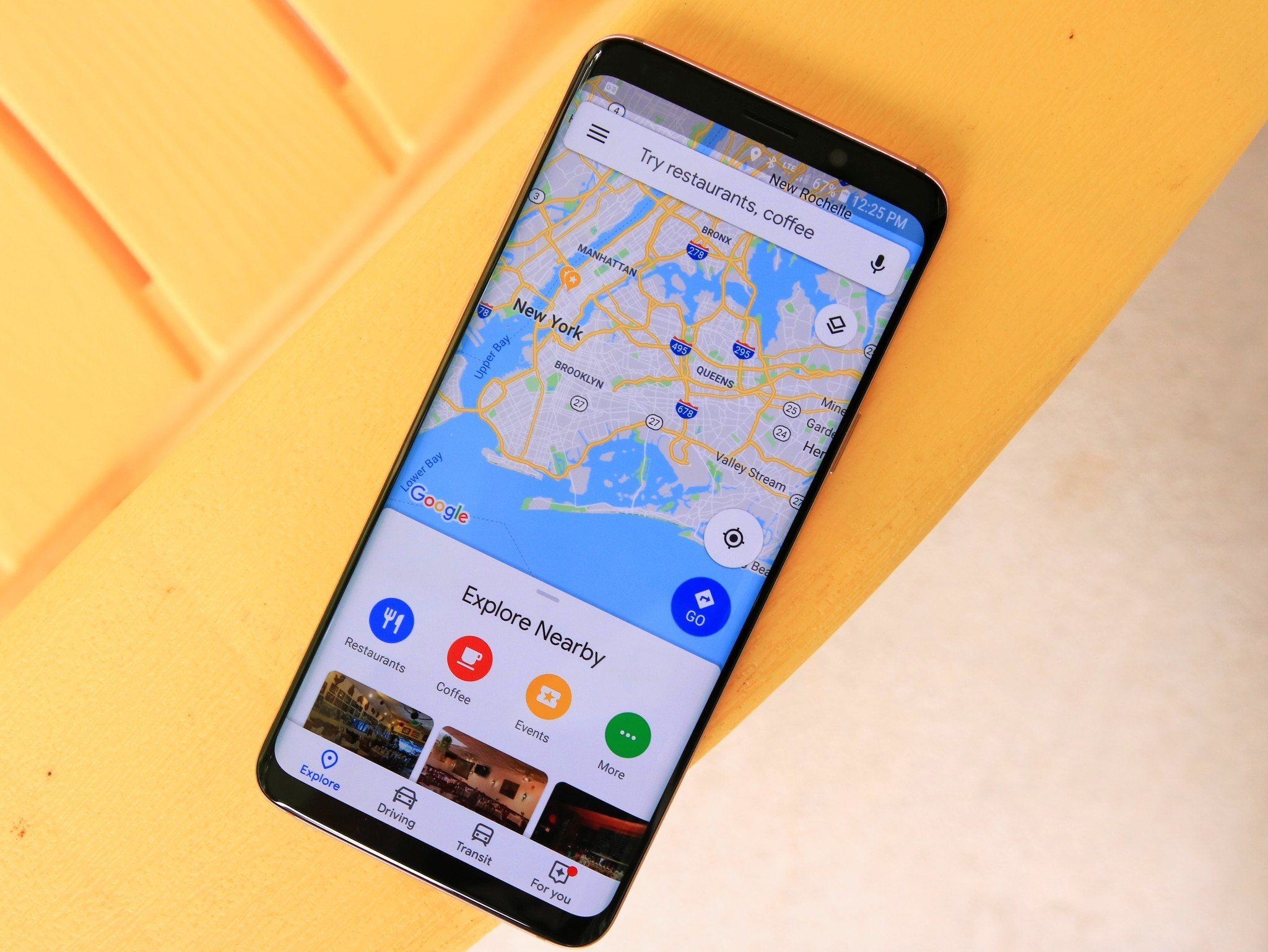New Google Maps features prepare transit riders for a post-COVID future

What you need to know
- Google is making updates to Maps to adapt to our new normal.
- It's rolling out an update to Maps that will let users see how crowded transit stations are.
- Google will only use data from customers who have turned on Location History to power this service.
Google is making changes to its Maps app to reflect how we're going to be traveling post lockdown. It'll now show COVID-19 alerts on public transit routes that are going to be affected by travel restrictions. For example, in the United Kingdom, you're going to need a mask if you want to ride on the London's Tube or bus routes, Google Maps will now update to alert you of that fact and keep you prepared. It'll also show you alerts about medical requirements and guidelines if you're heading to COVID-19 testing centers. Driving alerts will also pop up you're on a route where you may face checkpoints or restrictions placed to control the spread. Again, all these alerts are to keep you informed and prevent you from making a wasted trip.
The public transit alerts will roll out in Argentina, Australia, Belgium, Brazil, Colombia, France, India, Mexico, Netherlands, Spain, Thailand, United Kingdom and the U.S. Driving alerts for routes which are impacted by COVID-19 checkpoints will come to Canada, Mexico, and the U.S. For those headed ti COVID-19 testing areas, alerts for requirements and restrictions will; be made available in Israel, the Philippines, South Korea, and the U.S., and testing center alerts will be available in the U.S.
The Maps app will also help you properly socially distance while riding on buses or trains. Ramesh Nagarajan, Product Management Director, Google Maps, said in a blog post.
Starting today, you can easily see the times when a transit station is historically more or less busy to plan your trip accordingly or you can look at live data showing how busy it is right now compared to its usual level of activity. Simply search for a station in Google Maps or tap on the station on the map to see the departure board and busyness data, where available. Rolling out over the next several weeks, these capabilities are powered by aggregated and anonymized data from users who have opted in to Google Location History, a Google account-level setting that is off by default. To protect privacy, these insights are only surfaced when we have sufficient data to meet privacy thresholds.
As lockdowns cease worldwide, people are going to be making more and more use of public transit. While states have announced measures to help reduce any potential viral transmission, it's only natural that people are still going to be wary of being in a packed, crowded space. The new Maps update should be available from today, but it'll be rolling out over the next few weeks. In other words, you'll get it when the server-side gods decide you're worthy, and not a moment before.
Coronavirus and tech: Ongoing list of event cancellations, disruptions, product delays, and more
Get the latest news from Android Central, your trusted companion in the world of Android

